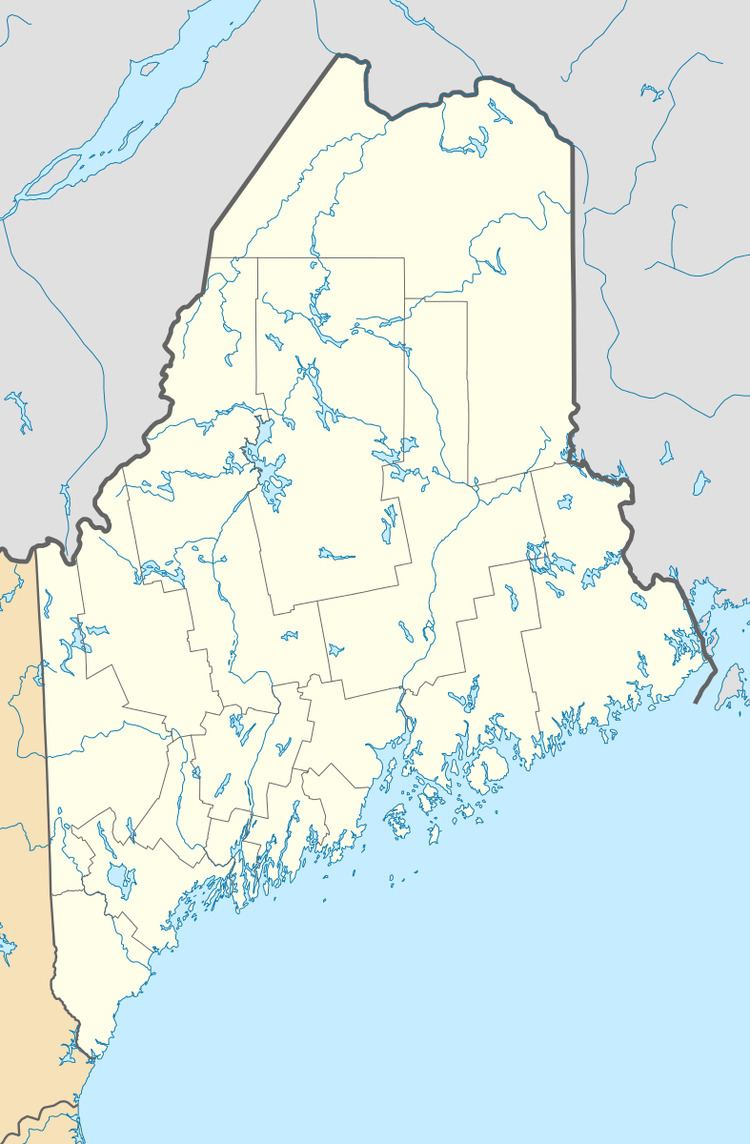Area less than one acre Architectural style Second Empire Opened 1858 | Built 1858 (1858) NRHP Reference # 72000077 Added to NRHP 31 October 1972 | |
 | ||
Similar Acadia National Park, Collins Center for the Arts, Mount Hope Cemetery, Statues of Paul Bunyan, Bangor Public Library | ||
The Blake House is a historic house at 107 Court Street in Bangor, Maine. Built in 1858 to a design by local architect Calvin Ryder, it is one of the first Second Empire houses to be built in the state of Maine. Now used for professional offices, it was listed on the National Register of Historic Places in 1972.
Description and history
The Blake House is located in a residential area northwest of downtown Bangor, on the northeast side of Court Street opposite Boynton Street, and next door to the historic Samuel Farrar House. It is a 2-1/2 story wood frame structure, with a flared mansard roof, and a flushboarded exterior that has been scored and treated to resemble stone. The roof is pierced by a dormers, most of which have segmented-arch tops. The center section of the three-bay front facade projects slightly, and is topped by a large dormer with a round-arch window at its center. The entrance is sheltered by an ornately decorated porch with square posts and a bracketed and dentillated cornice. First floor sash windows are topped by bracketed cornices, while second floor windows are framed by eared hoods.
The house was built in 1858 for William Blake, a wealthy Bangor merchant, by his brother-in-law, Boston architect Calvin Ryder. It is probably one of the first buildings of the Second Empire style built in the state, and typifies the high-style houses built for Bangor's elite in the years before the American Civil War. The house now houses professional offices.
